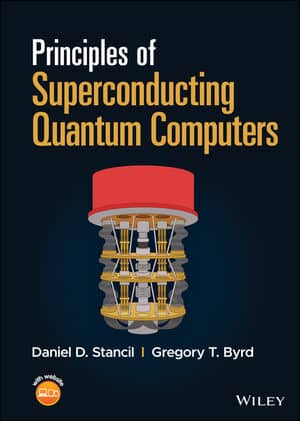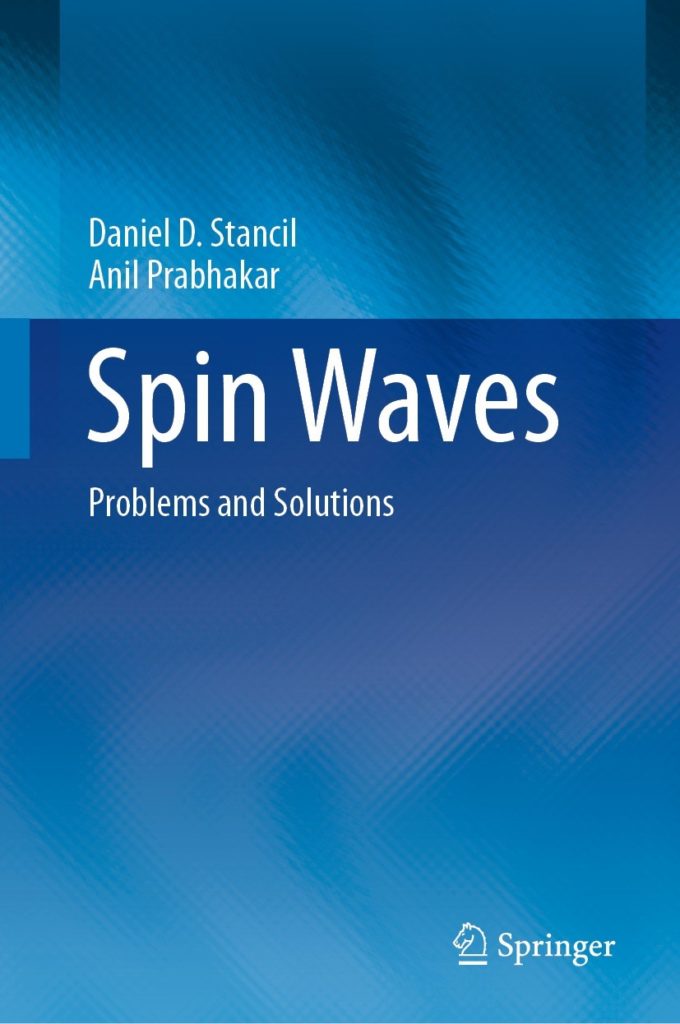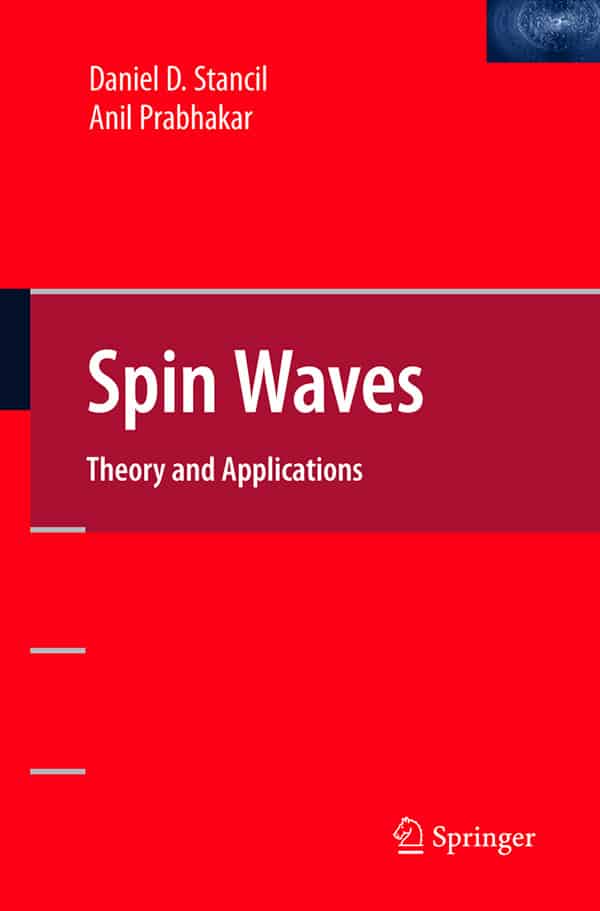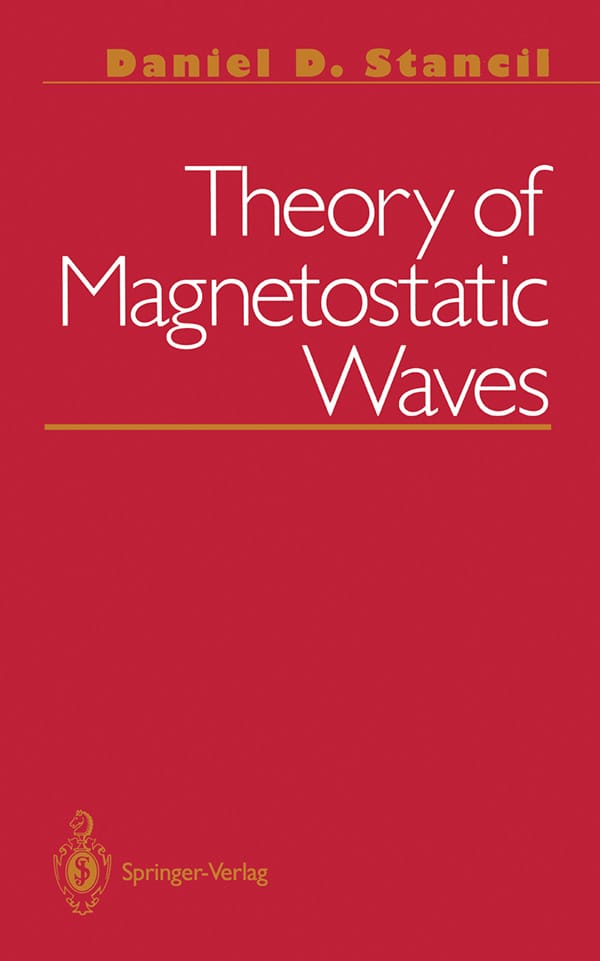Daniel Stancil
He/Him/His

Biography
Daniel D. Stancil is the Alcoa Distinguished Professor and Executive Director of the IBM Quantum Hub at NC State. His early interest in radios and electronics launched an engineering career that has been--and continues to be--fun and rewarding. Along the way he picked up engineering degrees from Tennessee Tech (B.S.E.E.) and MIT (M.S., E.E. and Ph.D.). He has spent many years as a professor of Electrical and Computer Engineering at both Carnegie Mellon University and NC State. While at CMU he served as Associate Head of the ECE Department, and Associate Dean for Academic Affairs in the College of Engineering. He was Head of the Electrical and Computer Engineering Department at North Carolina State University from 2009-2023.
His research has included such varied topics as magnetic films, optics, microwaves, wireless channels, antennas, remote labs, and particle physics. Technology for distributing wireless signals through HVAC ducts that Dr. Stancil and his students developed has been installed in such major buildings as Chicago's Trump Towers and McCormick Place Convention Center. The demonstration of neutrino communications by a multidisciplinary team coordinated by Dr. Stancil was recognized by Physics World Magazine as one of the top 10 Physics Breakthroughs of 2012. Additional recognitions that his work has received have included an IR 100 Award and a Photonics Circle of Excellence Award. Dr. Stancil is a Fellow of the Institute of Electrical and Electronics Engineers, and a past-president of the IEEE Magnetics Society.
When not thinking about engineering, he divides his time between hiking with his wife, playing the euphonium, and amateur radio.
Education
-
Bachelor's
1976
Electrical Engineering
Tennessee Technological University -
Master's
1978
Electrical Engineering
Massachusetts Institute of Technology -
Ph.D.
1981
Electrical Engineering
Massachusetts Institute of Technology
Recent Publications
- Board 82: Remote, Hands-on ECE Teaching: Project RECET (2023)
- Principles of Superconducting Quantum Computers (2022)
- Single-magnon excited states of a Heisenberg spin chain using a quantum computer (2022)
- Spin Waves (2021)
- Improved wireless power transfer efficiency with non-perfect lenses (2019)
- Search for possible solar influences in Ra-226 decays (2017)
- Channel Propagation Measurement and Modeling for Vehicular In-Cabin Wi-Fi Networks (2016)
- Experimental characterization of volume-mode waves in near-field anisotropic metamaterials with application to wireless power transfer (2014)
- Radio channel in a minivan's passenger cabin: Preliminary ray tracing simulations (2014)
- The Remote Educational Antenna Laboratory: Making it Easier to Add Projects to Antenna Courses (2014)
Involvement
-
ECE Department Heads Association (ECEDHA)
Past President -
IEEE
Fellow -
IEEE Magnetics Society
Past President -
IBM Quantum Hub at NC State
Executive Director
Awards & Honors
- 2012 - Physics World Magazine top 10 Physics Breakthroughs
- 2009 - NC State ECE Department Head
- 2004 - IEEE Fellow
Recent News
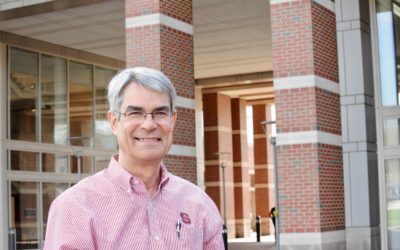
Department Head Stancil to step down, remain on faculty
Posted on February 6, 2023 | Filed Under: Faculty
Serving as 9th department head for ECE at NC State, Dan Stancil is returning to faculty at the end of the 2022-23 academic year, and Veena Misra will serve as Interim Head.

Wolfspeed Ahead: An NC State Spinoff Powers the Future
Posted on October 24, 2022 | Filed Under: News and Research
The company that pioneered LED lighting now looks to improve the efficiency and performance of electric vehicles and other high-power applications. Meet the people building the world’s largest silicon carbide manufacturing facility in Chath …

NC State ECE Faculty Members Ranked as Top Electronics and Electrical Engineers in United States
Posted on March 3, 2022 | Filed Under: News
Fourteen ECE faculty members have been ranked as the Top Electronics and Electrical Engineering Scientists in the United States.
Media Mentions

‘We’re hitting new limits.’ NC quantum computing bullish on a coveted breakthrough
December 4, 2023
Superconductors, the other prominent approach to quantum computing, are the focus of North Carolina State University and its partner corporation, IBM. Nicknamed “chandeliers,” IBM’s machines are gold-plated, multi-level apparatuses with a progression of wires and tubes funneling down to single silicon processor chips. While Duke has ion-trap computers in the Triangle, NC State researchers remotely access the chandeliers, which are housed at the IBM facility in Yorktown Heights, New York. “Each technology kind of has its strength,” said Daniel Stancil, executive director of the IBM Quantum Hub at NC State. “I think there have been some significant developments in the hardware in the past year.”

A Case for Factoring Tech Transfer Activities into Promotion and Tenure Decisions
November 7, 2019
In a panel discussion at AUTM’s 2019 Eastern Region Meeting, Laura Schoppe from Fuentek, Daniel Stancil from North Carolina State University and Justin Streuli from University of North Carolina at Greensboro made a compelling case as to why academic committees should consider tech transfer activities when making promotion and tenure (P&T) decisions about faculty.

New roadside scattering model to improve vehicle-to-vehicle communication for intelligent transportation systems
July 18, 2013
Researchers from Trinity College, NC State University and General Motors have developed a model to improve the clarity of the vehicle-to-vehicle (V2V) transmissions needed to realize an intelligent transportation system. Dan Stancil, electrical and computer engineering, featured.

